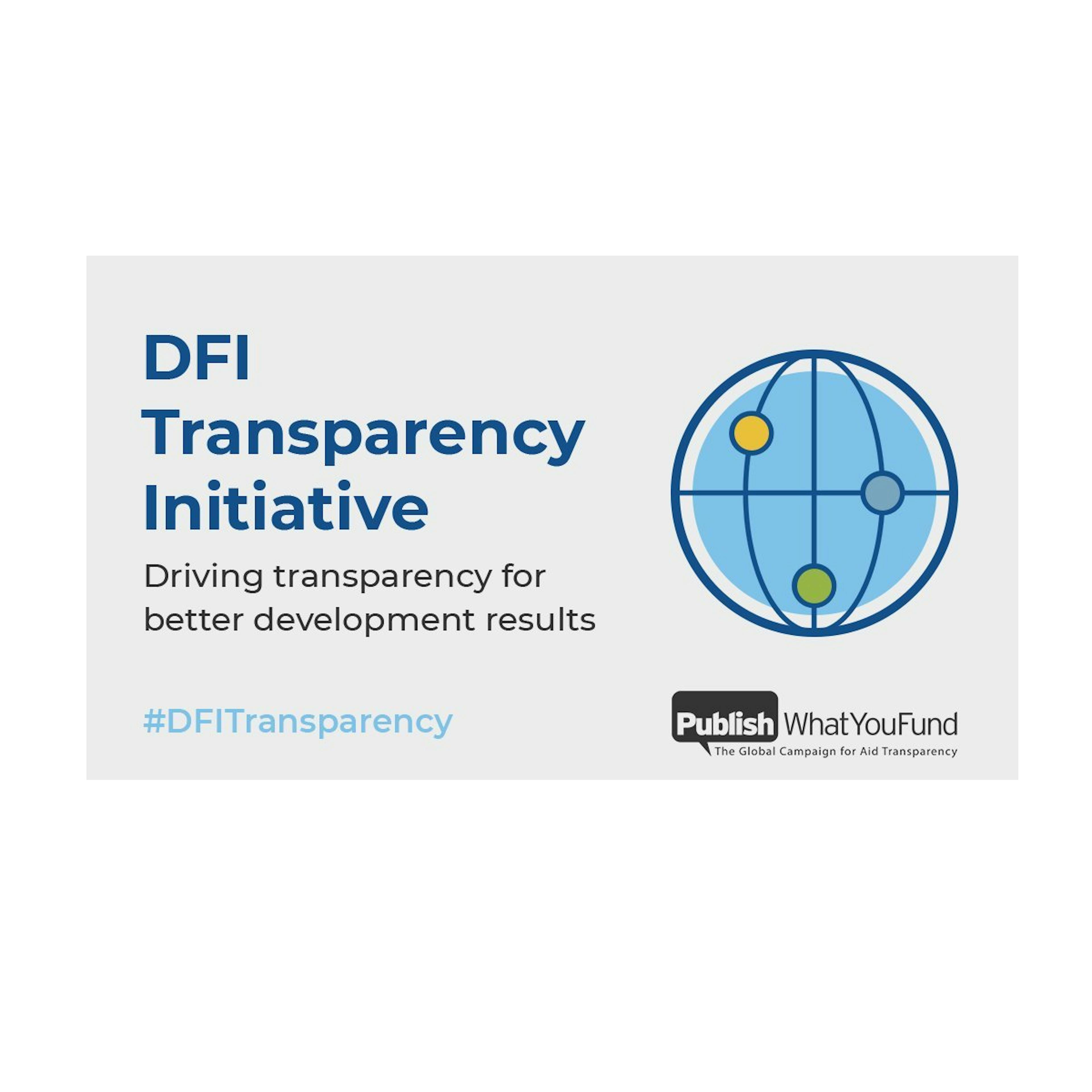Downloads
Overview
A significant proportion of DFI financing is channelled through financial intermediaries (FIs) such as national and commercial banks in developing economies, microfinance institutions, and private equity funds. These types of institutions allow DFIs to significantly broaden their scope and reach more clients by effectively disaggregating finance to a scale suitable for smaller stakeholders such as SMEs. However, the introduction of an additional step in the financial value chain has implications for transparency; the extent and detail of sub-project disclosure is almost always less than that with direct investments. A lack of transparency means that it is unclear where a great deal of this development finance ends up, the development impacts that it has, and the environment and social risks that it holds for project affected communities.
Our working paper, published in August 2021, found that the level of DFI FI transparency is low, particularly at the level of sub-investments, making it near-impossible to track the flow of development finance. Our research examined the transparency of 17 bilateral and multilateral DFIs and found that:
- There are numerous examples of data disclosure via sources other than the DFI.
- The Equator Principles offer an example of financial sector disclosure that can inform efforts to improve DFI FI disclosure.
- National banking privacy regulations can act as a barrier to improving transparency. However, these can be partly addressed by financial institutions seeking consent to disclose from their clients.

